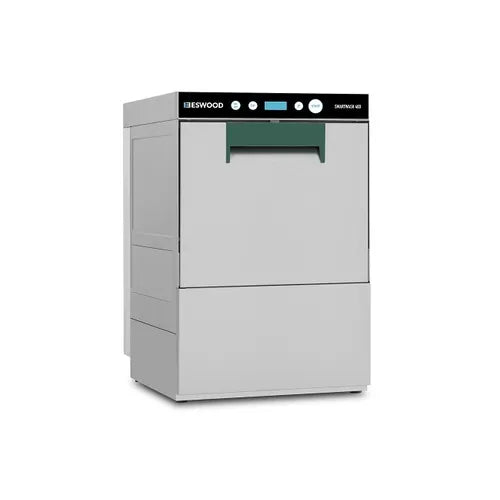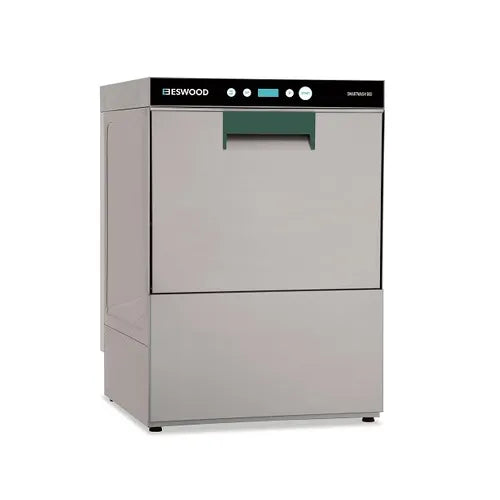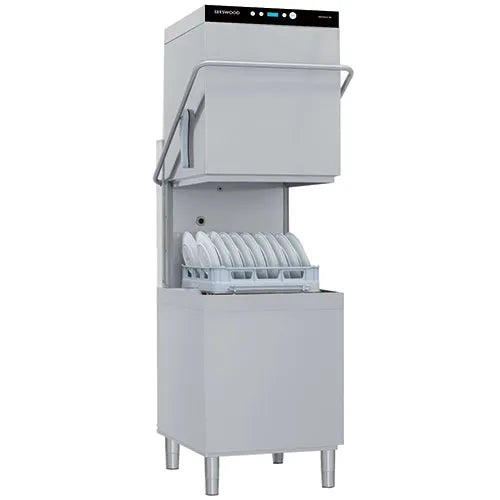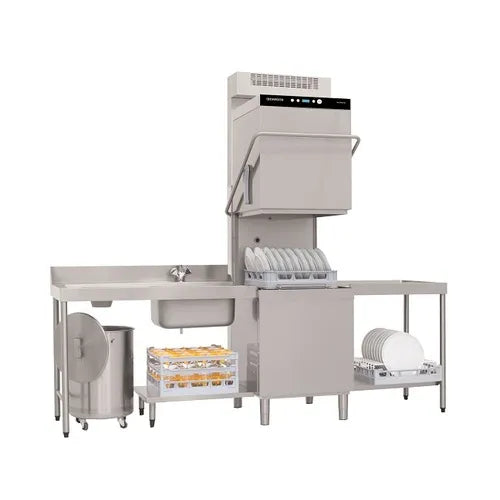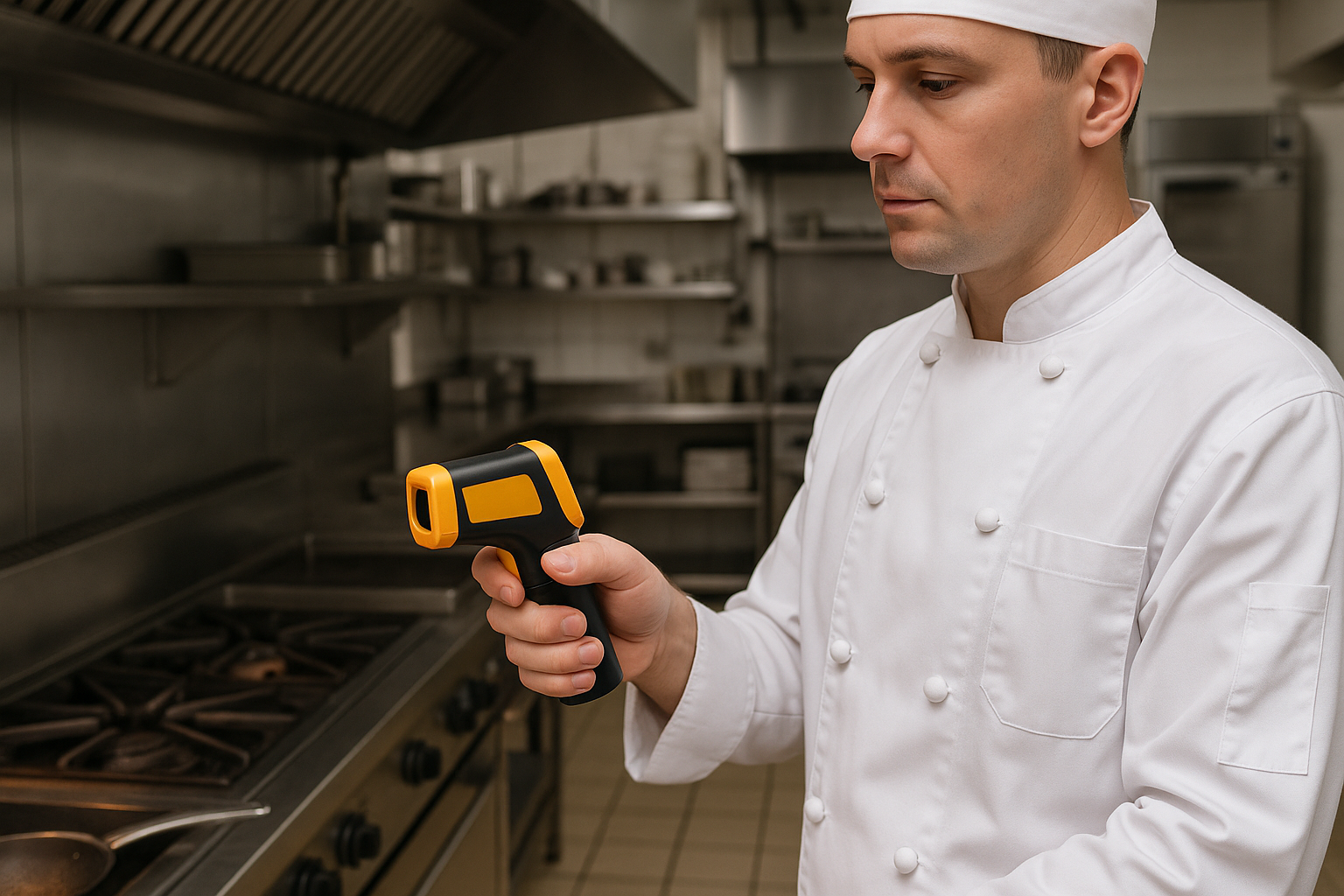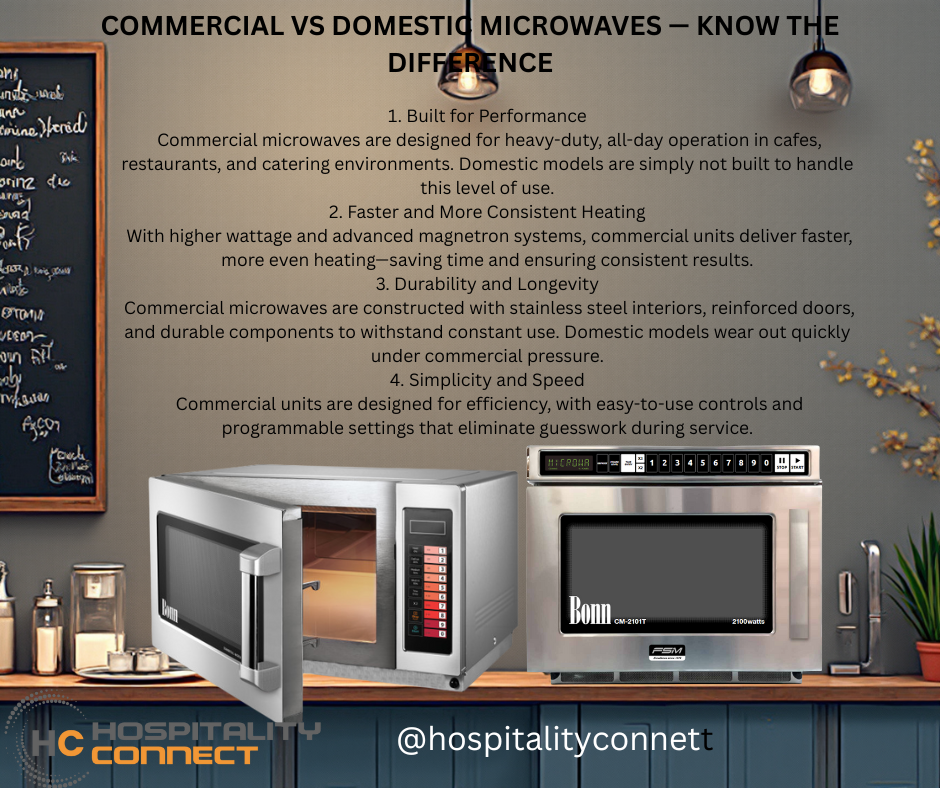Infrared (IR) gun thermometers have become an essential tool in professional kitchens, food safety inspections, HVAC testing, and industrial settings. They provide a quick, contactless way to measure surface temperatures, ensuring food safety, equipment performance, and workplace efficiency.
However, many users make common mistakes that lead to inaccurate temperature readings. In this guide, we’ll explain how to properly use an infrared gun thermometer, best practices for precision, and tips to avoid false results.
What Is an Infrared Gun Thermometer?
An infrared gun thermometer measures surface temperature by detecting the infrared radiation emitted by an object. It’s particularly useful when:
-
You need a non-contact reading (e.g., hot surfaces, moving objects).
-
You're working in food service to ensure correct holding or cooking temperatures.
-
Industrial applications require safe, instant temperature checks.
Unlike probe thermometers, infrared guns only read surface temperature, not internal heat levels.
Step-by-Step Guide: How to Use an Infrared Gun Correctly
1. Read the Manufacturer’s Instructions
Different brands have varying specifications for distance-to-spot ratio (D:S), laser targeting, and emissivity settings. Always review the manual before first use.
2. Ensure the Surface Is Suitable for Accurate Reading
Infrared guns work best on non-reflective, matte surfaces. Shiny or reflective materials (e.g., metal pans) can cause inaccurate results. To fix this:
-
Apply a small piece of masking tape or a matte surface marker where you’ll measure.
-
Wait for it to reach the object’s actual temperature before scanning.
3. Maintain the Correct Distance
Every IR gun has a distance-to-spot ratio (e.g., 12:1). This means at 12 inches away, the thermometer measures a 1-inch spot. Too far away increases the area measured, reducing accuracy.
-
Keep a steady hand and recommended distance for consistent results.
4. Hold the Thermometer Steady
Aim the laser at the exact point you want to measure. Avoid moving the device during reading, as this can pick up varying surface temperatures.
5. Allow Equipment or Food to Stabilize
Don’t take readings immediately after moving or stirring food or equipment. Wait a few seconds for the surface temperature to stabilize for an accurate scan.
6. Take Multiple Readings
For best accuracy:
-
Scan different points on the surface, especially for large areas like griddles or trays.
-
Record the average temperature for consistency.
7. Adjust Emissivity Settings (if available)
Some IR guns allow you to tweak emissivity based on the type of surface (metal, non-metal, liquid). This setting improves accuracy for different materials.
8. Keep the Lens Clean
Dust, grease, and debris can block the infrared sensor, causing faulty readings. Wipe the lens regularly with a soft, dry cloth.
Tips for Accurate Infrared Temperature Checks in Kitchens
-
Do not rely on IR guns for internal food temperatures—use a probe thermometer to confirm safe cooking or cooling.
-
Avoid steam and smoke interference, as they can scatter infrared readings.
-
Use the same angle and distance each time to keep measurements consistent.
Final Thoughts
An infrared gun thermometer is a valuable tool for quick, hygienic, and safe temperature monitoring—but only when used correctly. By following:
-
Proper distance-to-spot ratio
-
Stabilizing the measurement area
-
Avoiding reflective surfaces
-
Regular cleaning and calibration
…you can ensure accurate and reliable readings every time, improving safety and efficiency in your kitchen or workplace.


